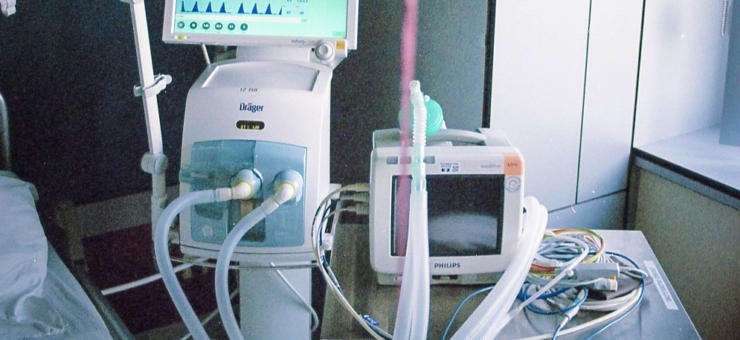Trends in intensive care medicine
31 October 2022
Springboard recently attended the European Society of Intensive Care Medicine (ESICM) conference in Paris. A truly international event, it was great to see such a diverse range of cutting-edge technology, pioneering new research and practical guidance on the latest best practice all under one roof.
On the technical side, the exhibition was well attended by a lively mix of many of the big players in intensive care as well as novel start-up companies with completely new product offerings.
Intensive care units (ICUs) are intimidating places. By definition, the patients admitted are critically ill, require urgent intervention and the decisions made are quite literally life or death. Perhaps then, it is not surprising that the clear trends on show centered around providing better information to clinicians, in 3 distinct ways:
- Collect more data.
- Centralise the data into one place.
- Display the data intuitively.
Collect more data – many companies were showing off their latest patient sensors which unlock a new patient metric or allow an existing measurement to be made more quickly, for instance by using a non-invasive technique. A perfect example of this is Baxter’s Starling Fluid Management Monitoring System which uses non-invasive bioreactance sensors to assess whether patients are responding appropriately to IV infusions through measuring cardiac output (e.g. stroke volume). Another interesting example of collecting new data is through MedStorm’s pain monitoring device, which is based on skin conductance and can be used to tailor anaesthesia.
Centralise the data into one place – with so many devices and sensors littering the typical ICU, it’s not suprising that centralising information so that it can be reviewed in one place is important. Masimo’s Root Platform was just one typical example of this, allowing data from multiple devices to be integrated into both a physical device display and with patient data management systems.
Display the data intuitively – it is an unavoidable contradiction that more data is good if it allows better informed decisions to be made and identifies issues, whilst on the other hand more data can be confusing, lead to operator fatigue and bury the most important information. Many of the systems on show now use large, coloured graphics in an attempt to provide a quick overview that can highlight where immediate attention is required. However, it was notable that conventions were inconsistent – in one system a red brain icon indicated an emergency whilst in another this indicated increased blood flow.
Clearly going forward, it will be essential to continue to adopt a user-centric design approach to ensure healthcare professionals intuitively understand the data they are given.
If you would like to discuss user centered design approaches for ensuring your device realises its full potential or you are interested in exploring how our scientists can help you unlock new ways of measuring important patient physiological signals, please get in touch at contact@springboard.pro.
Written by Sam Johnstone


